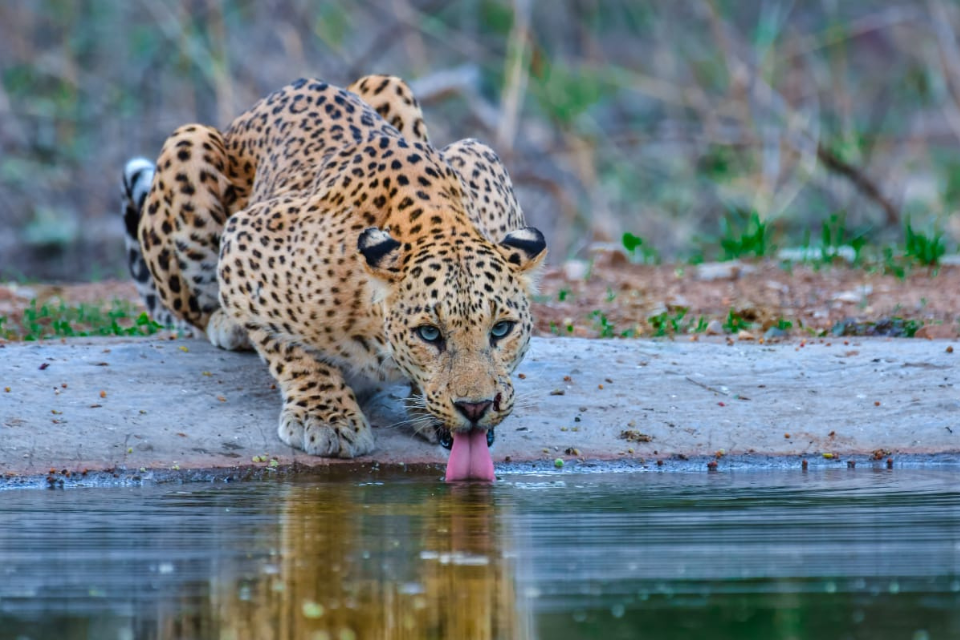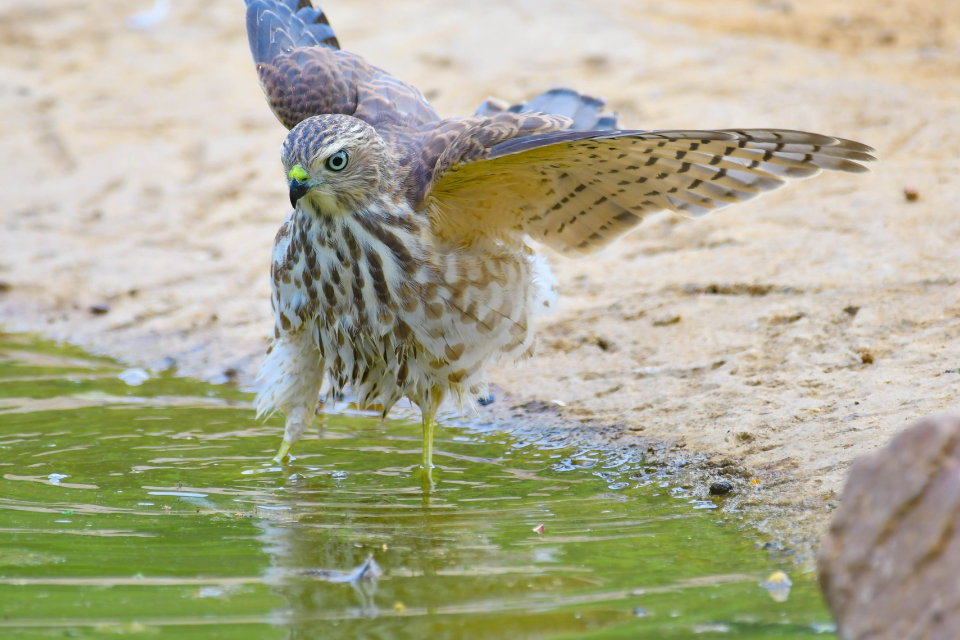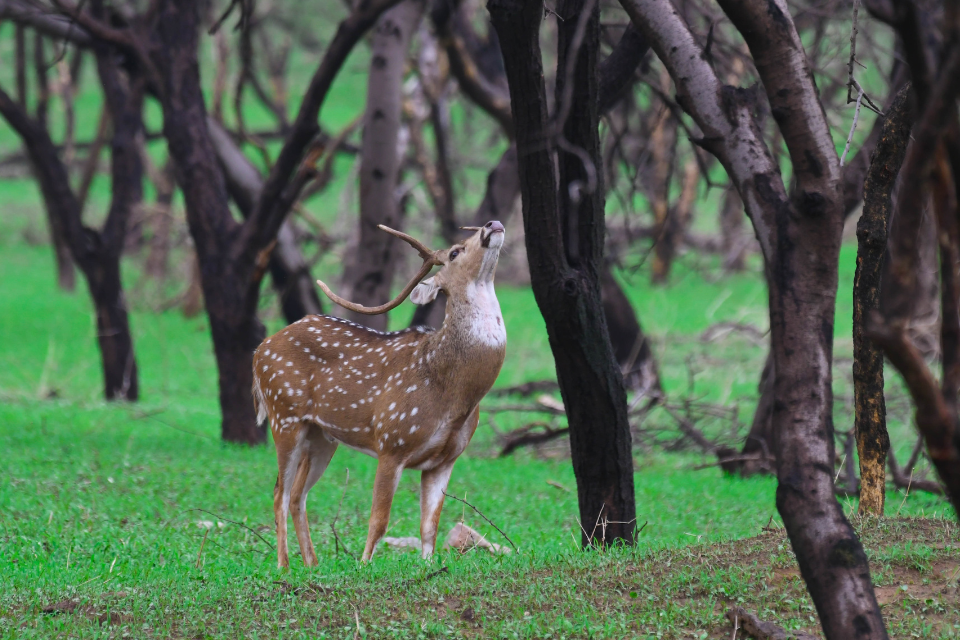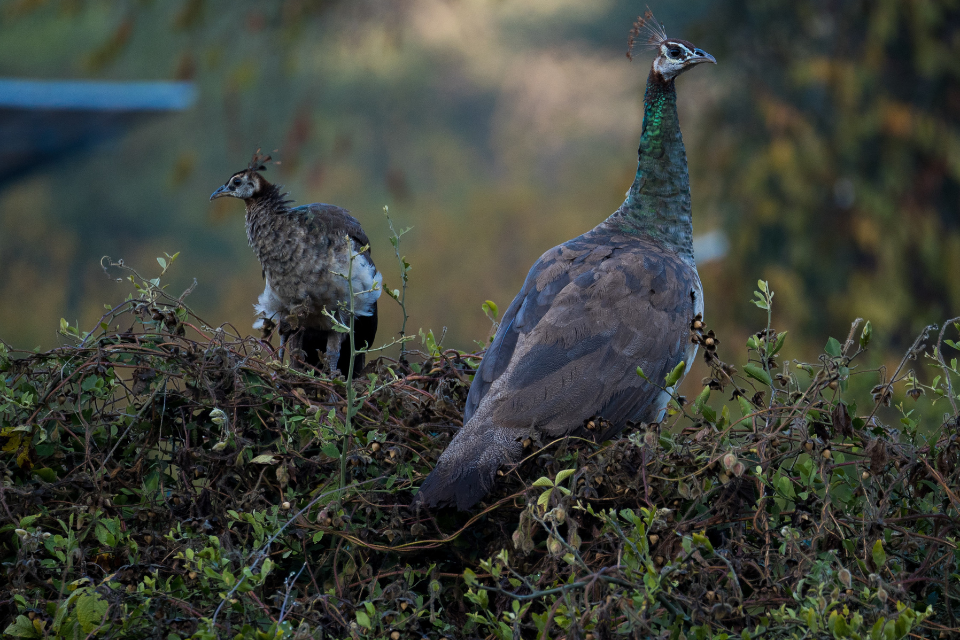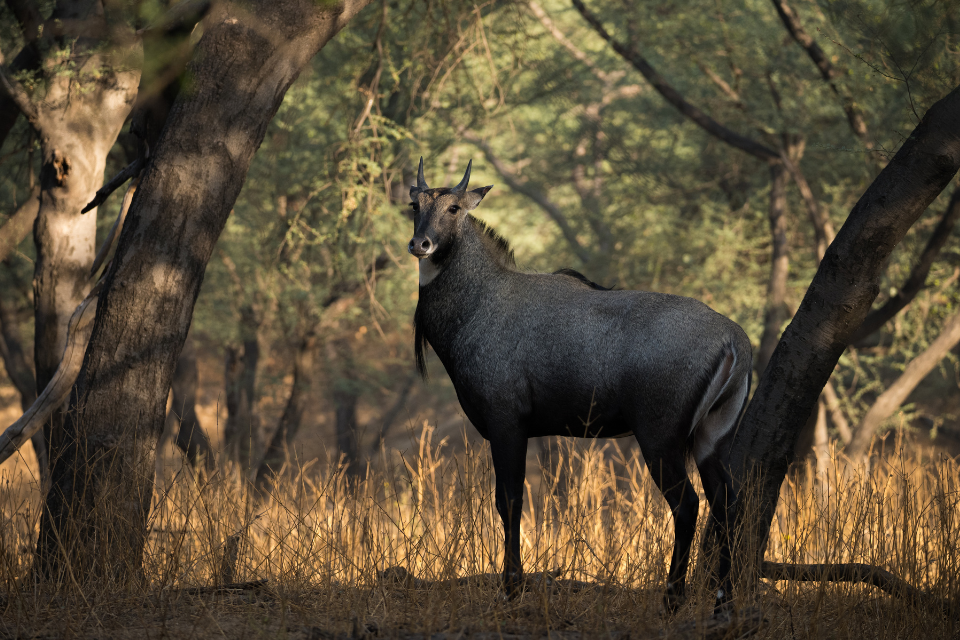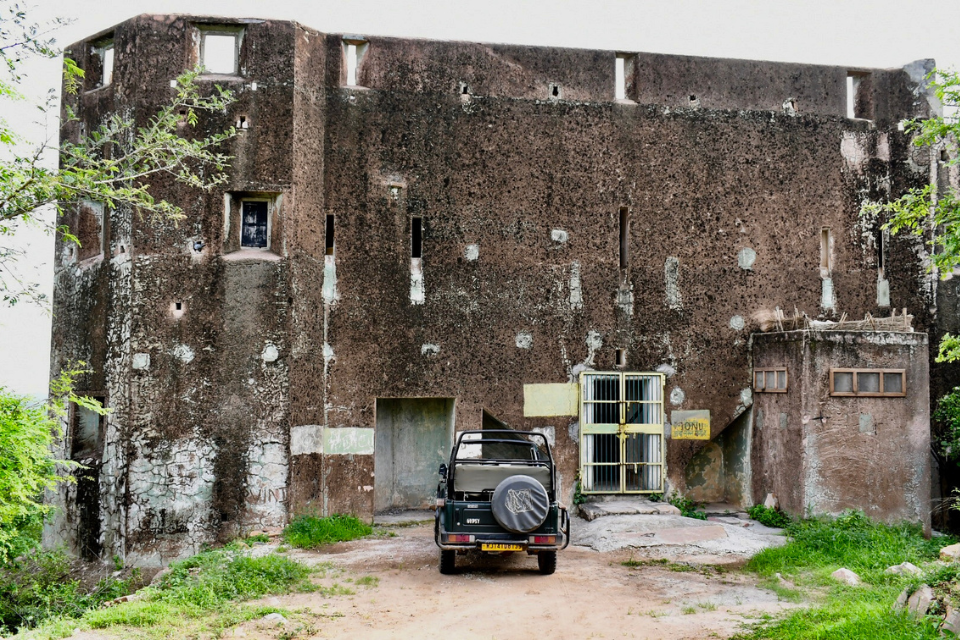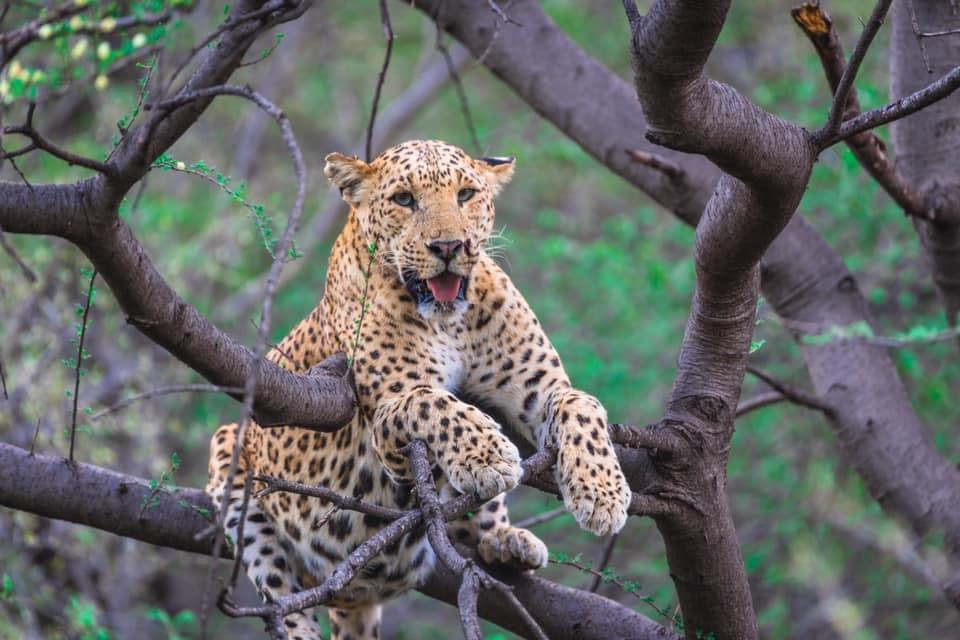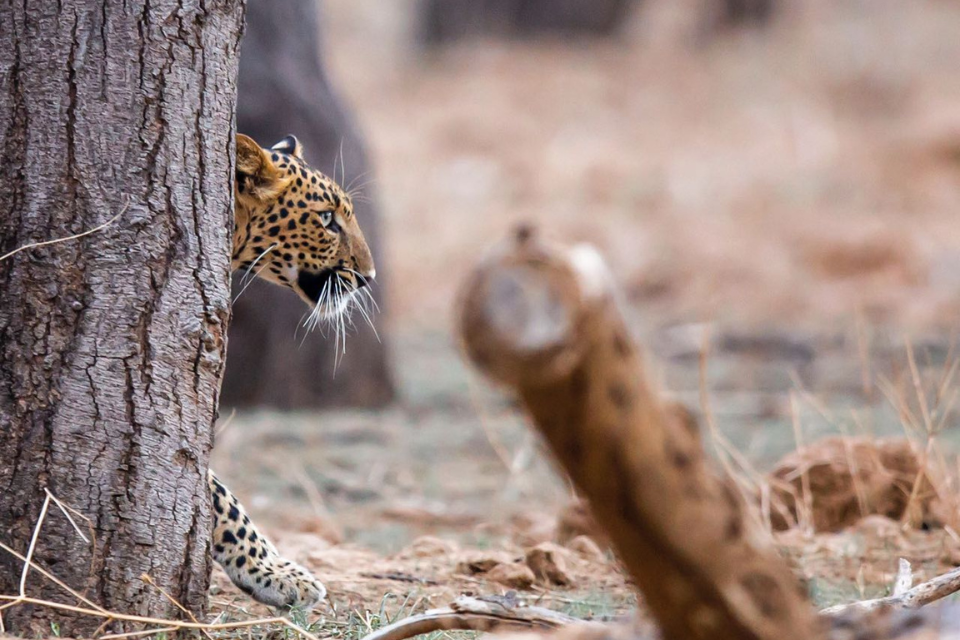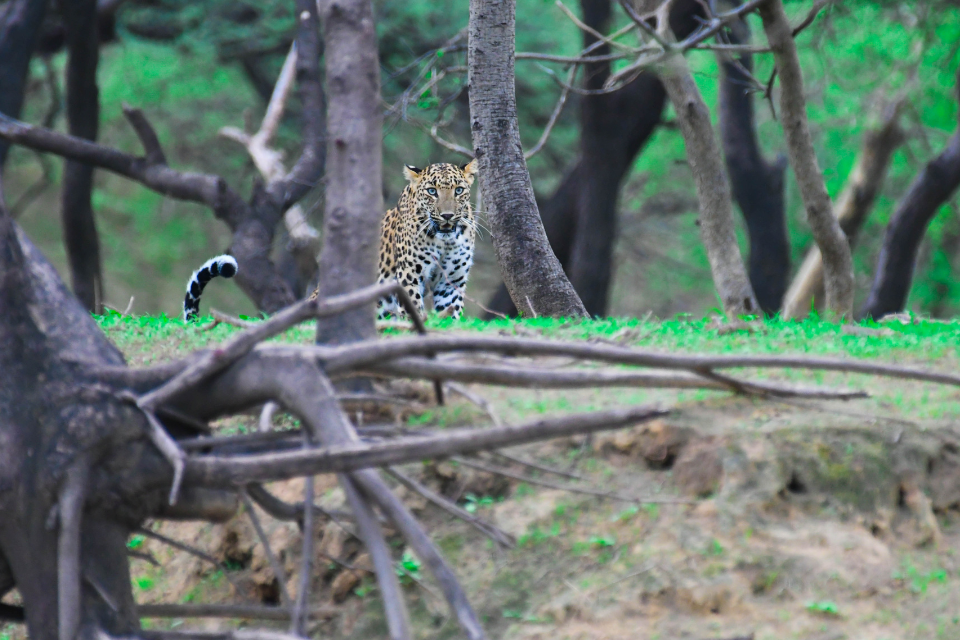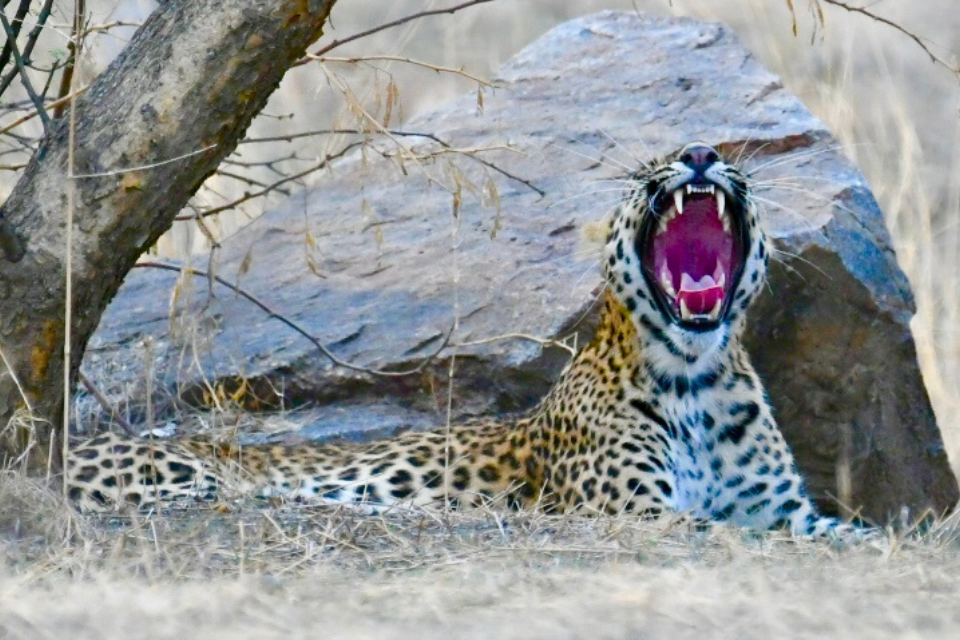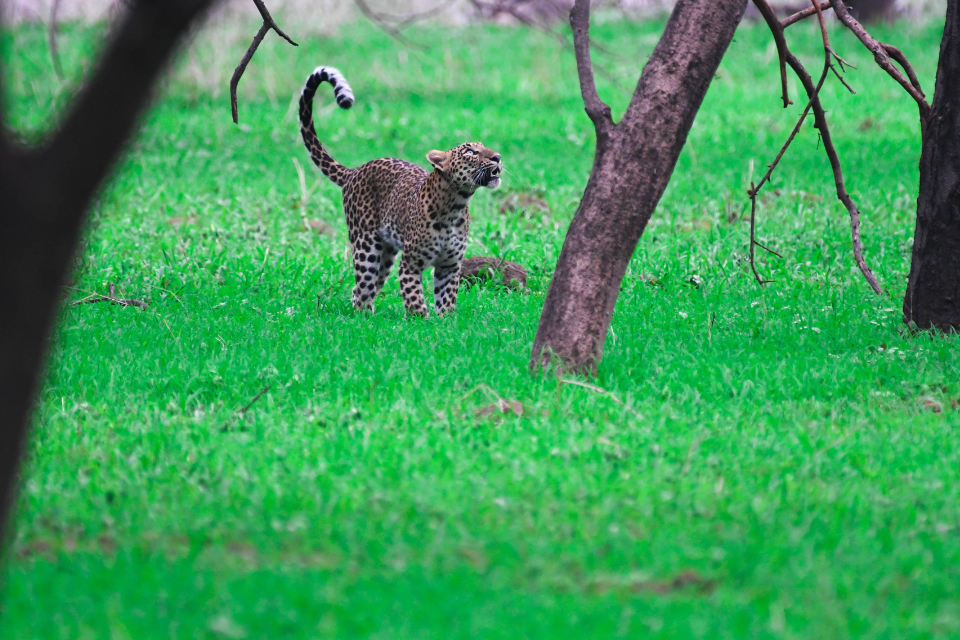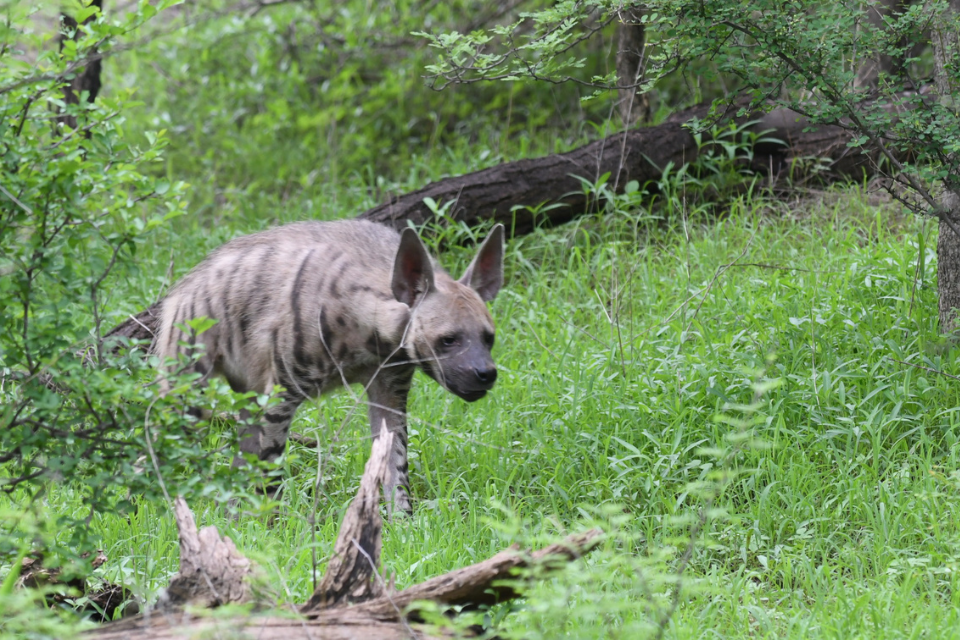- December 25, 2024
Why Jhalana Leopard Safari is an Urban Wildlife Conservation Success Story
Jhalana Forest Reserve, located on the outskirts of Jaipur, is a testament to how wildlife can thrive amidst urbanization. As India’s first leopard reserve within city limits, Jhalana Leopard Safari is a pioneering example of urban wildlife conservation. Despite the challenges posed by urban encroachment, this forest reserve has managed to strike a balance between preserving its rich biodiversity and accommodating the bustling growth of Jaipur. Here’s why Jhalana Leopard Safari is considered a success story in urban wildlife conservation.
1.Coexistence of Wildlife and Urbanization
- Urban Leopard Reserve:
- Jhalana Leopard Safari supports over 30 leopards within a relatively small area of 20 sq. km, surrounded by Jaipur’s residential neighborhoods, roads, and commercial spaces.
- The ability of leopards and other wildlife to adapt to this environment showcases nature’s resilience and the effectiveness of conservation efforts.
- Buffer Zones:
- Buffer zones between the forest and urban areas have minimized human-wildlife conflicts, allowing both ecosystems to coexist peacefully.
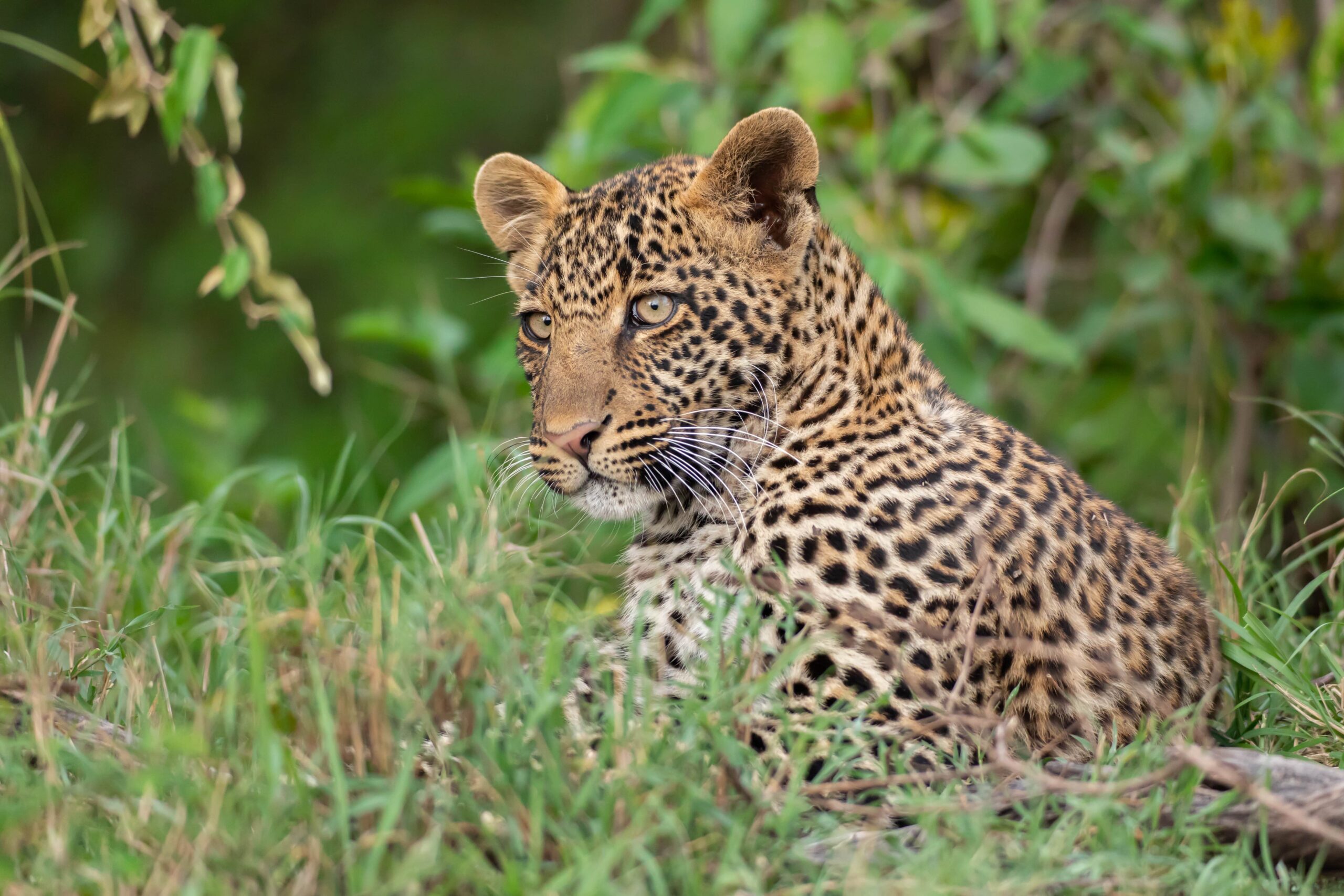
2.Pioneering Community Involvement
- Local Employment:
- Jhalana Leopard Safari has created job opportunities for local residents as guides, drivers, and eco-tourism staff.
- Involving the community in conservation fosters a sense of ownership and responsibility.
- Education and Awareness:
- Regular workshops and campaigns educate locals about the importance of wildlife conservation and coexistence with leopards.
3. Sustainable Tourism Model
- Eco-Tourism Revenue:
- Jhalana Leopard Safari’s safari system generates funds that are reinvested in forest management, wildlife monitoring, and conservation projects.
- Strict Regulations:
- Limited safari slots, designated trails, and noise restrictions ensure minimal disturbance to the wildlife.
- Jhalana Leopard Safari has created job opportunities for local residents as guides, drivers, and eco-tourism staff.
- Involving the community in conservation fosters a sense of ownership and responsibility.
- Regular workshops and campaigns educate locals about the importance of wildlife conservation and coexistence with leopards.
- Jhalana Leopard Safari’s safari system generates funds that are reinvested in forest management, wildlife monitoring, and conservation projects.
- Limited safari slots, designated trails, and noise restrictions ensure minimal disturbance to the wildlife.
4. Advanced Wildlife Monitoring
- Camera Traps:
- Deployed throughout the reserve, these motion-sensing cameras provide data on wildlife movements, population health, and behavior.
- GPS Tracking:
- Leopards fitted with GPS collars are monitored to understand their territorial patterns and reduce conflict risks.
- AI Integration:
- Artificial intelligence analyzes data from camera traps and tracking devices to predict behavior and address challenges proactively.
5. Habitat Restoration and Management
- Waterholes and Vegetation:
- Artificial waterholes and habitat restoration projects, such as planting native tree species, have ensured the survival of both predators and prey.
- Soil and Erosion Control:
- Efforts to prevent soil erosion maintain the forest’s ecological balance and support its flora and fauna.
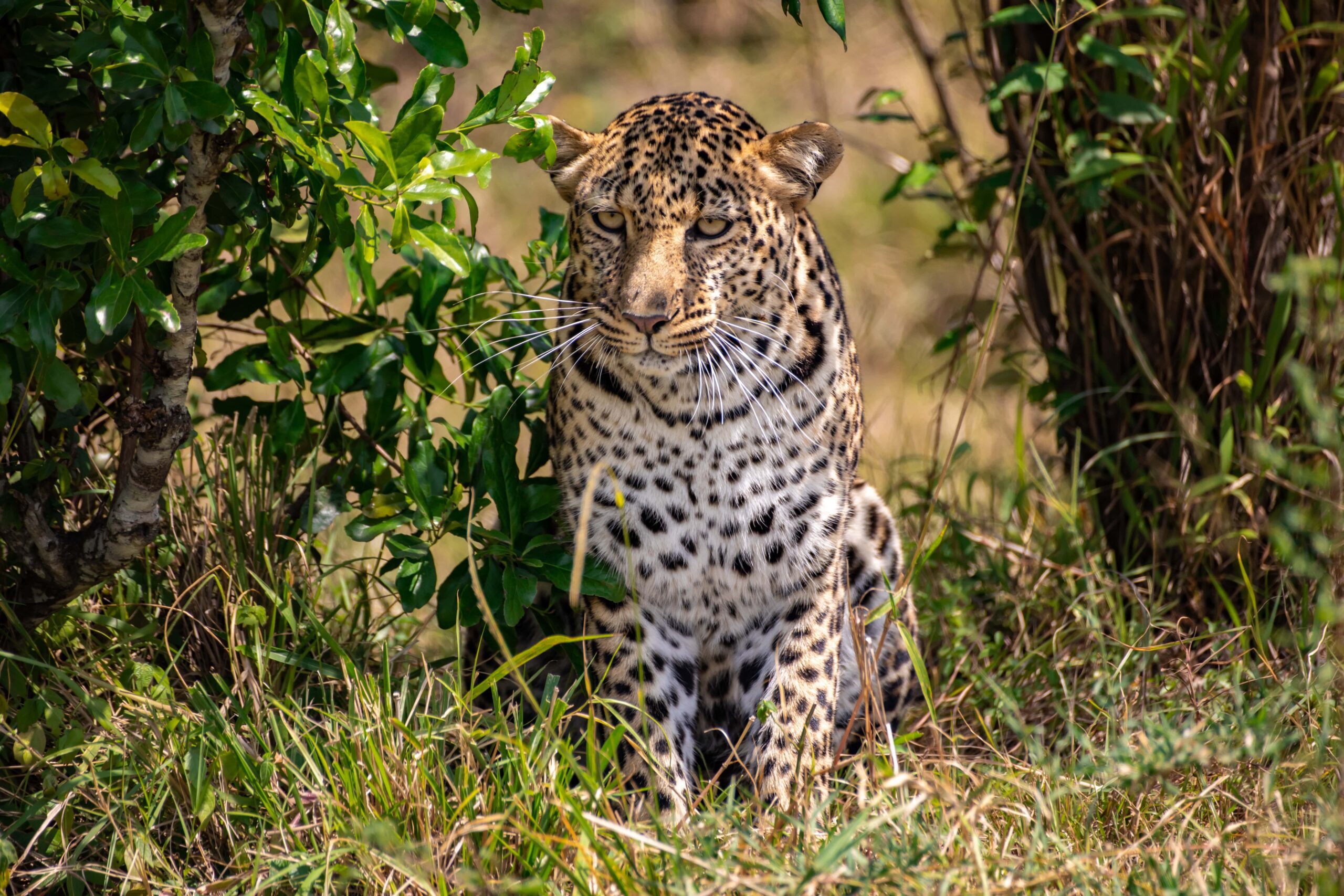
6. Conflict Mitigation Strategies
- Community Alerts:
- Locals are educated on identifying leopard presence through pugmarks and alarm calls from prey animals like langurs or deer.
- Response Teams:
- Dedicated teams handle human-wildlife conflict situations, ensuring the safety of both people and animals.
7. Research and Data Sharing
- Wildlife Studies:
- Jhalana Leopard Safari serves as a research hub for studying leopard behavior in urban environments, offering valuable insights for other urban reserves.
- Knowledge Sharing:
- Data and findings from Jhalana Leopard Safari are shared with conservationists and policymakers to inspire similar efforts in other cities.
8. A Model for Urban Wildlife Corridors
- Connectivity:
- Jhalana Leopard Safari’s success underscores the importance of creating wildlife corridors in urban planning to support species movement and genetic diversity.
- Replication Potential:
- Urban reserves like Mumbai’s Sanjay Gandhi National Park and Bengaluru’s Bannerghatta National Park can adopt Jhalana Leopard Safari’s strategies to enhance their conservation efforts.
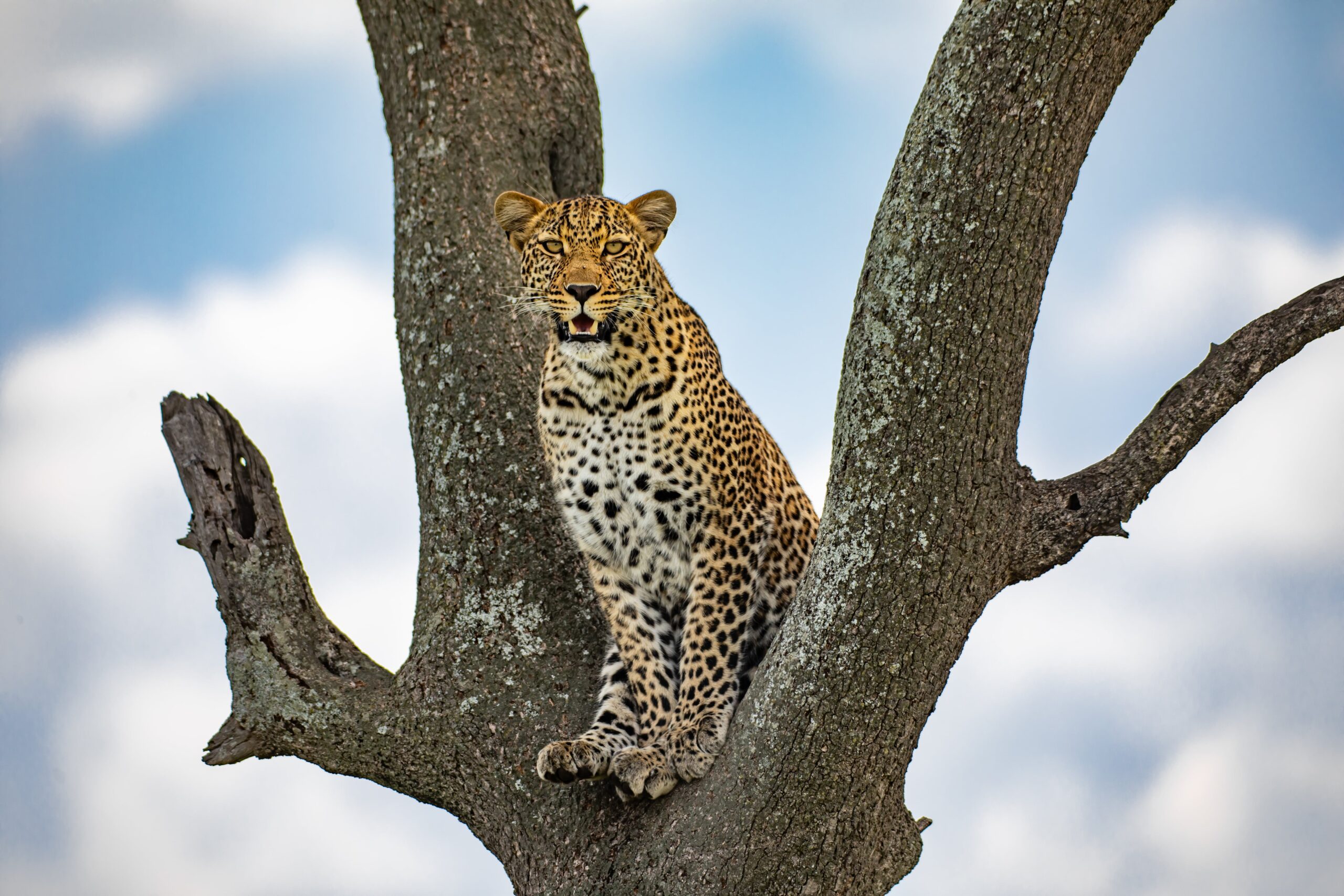
Challenges Jhalana Has Overcome
- Urban Encroachment:
- Strict zoning laws and vigilant monitoring have protected Jhalana Leopard Safari from shrinking further despite Jaipur’s rapid growth.
- Limited Space:
- The reserve has managed to sustain a healthy leopard population within a small area by optimizing habitat management and monitoring.
- Tourism Pressure:
- Implementing a sustainable tourism model has prevented the negative impact of over-tourism.
Key Takeaways for Other Cities
- Integration into Urban Planning:
- Jhalana Leopard Safari shows that green spaces and wildlife corridors can coexist with urban infrastructure.
- Community-Centric Approach:
- Involving locals in conservation ensures long-term support and reduces conflict risks.
- Use of Technology:
- Advanced tools like drones, GPS collars, and AI analytics are critical for effective monitoring and management.
The Bigger Picture: Jhalana’s Legacy
Jhalana Leopard Safari’s success extends beyond Jaipur, serving as a blueprint for other urban wildlife reserves. Its achievements highlight the possibility of a harmonious relationship between cities and nature, proving that with the right strategies, conservation can thrive even in the most challenging environments.
Conclusion
Jhalana Leopard Safari stands as a beacon of hope and inspiration for urban wildlife conservation across India. Its innovative practices, community involvement, and effective use of technology have ensured that leopards and other species thrive amidst Jaipur’s urban landscape. By learning from Jhalana Leopard Safari’s model, other cities can create similar sanctuaries, ensuring that urbanization and conservation go hand in hand.
Disclaimer All images used in this blog are either sourced from public domain or credited to their respective owners. If you are the copyright holder of any image and wish to request its removal or proper attribution, please contact us at [email protected]



